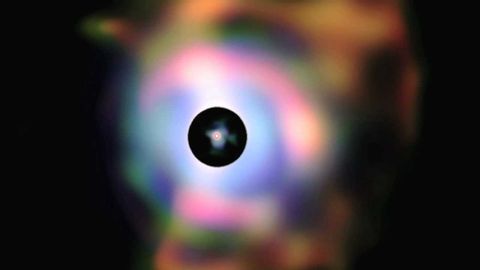巨型望遠鏡如何工作 (How a Giant Telescope Works)
Wonderful 發佈於 2021 年 01 月 14 日  沒有此條件下的單字
沒有此條件下的單字- v.t.詭計:騙局:花招;惡作劇;戲弄
- n. (c./u.)戲法;竅門;訣竅;把戲;特技
- adj.虛弱的;欺詐的
US /ˈdʒaɪənt/
・
UK /'dʒaɪənt/
- v.t.點燃;用燈光指引
- adj.亮的;亮;輕的;輕鬆的
- n. (c./u.)光線;理解;光;燈;交通號誌;神色
- adv.輕裝地
US /kənˈtrol/
・
UK /kən'trəʊl/
- n.遙控器;對照物;管理權;控管的法律;指揮中心
- v.t.支配;控制;影響

